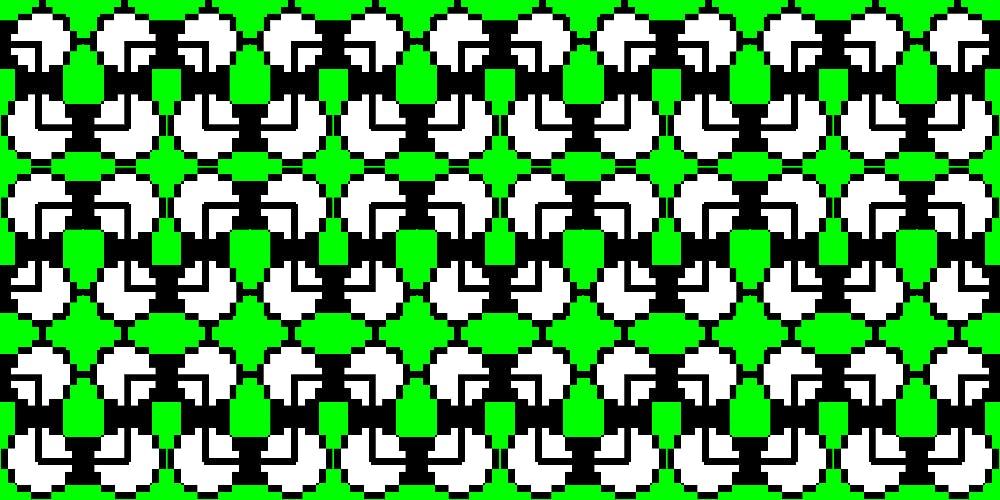As a new graduate, I recently went through the recruiting process for Associate Product Manager positions at technology companies in the Bay Area. I’m hoping my experience can help those looking to transition into these roles, whether directly from college or otherwise. In this post, I’ll discuss how I approach most product questions. In the next, I’ll apply this framework to an actual product interview question.
While there are numerous approaches that work, I’ll present the British Design Council’s Double Diamond as an industry standard and then discuss how I’ve refined it to meet my own needs.
courtesy of the British Design Council (https://www.designcouncil.org.uk)
The Double Diamond is a structured design approach to tackle challenges in four phases:
- Discover/Research — insight into the problem (diverging)
- Define/Synthesis — the area to focus upon (converging)
- Develop/Ideation — the potential solutions (diverging)
- Deliver/Implementation — solutions that work (converging)
In the diverging phases, an open mind and a breadth of ideas is necessary. In the converging phases, ruthless prioritization and measurable specificity is required. This expansion and contraction can be repeatedly followed to make sure that the right problem and the best solution are being identified at every step of the way.
Using this as a guide, I’ve outlined in more specificity the steps I take when addressing feature development or improvement questions in product interviews.
- SWOT Analysis Take a broader look at the strengths and weaknesses of the product and the larger company, and the opportunities and threats that exist in the space. This sets us up on the right track for categorizing and classifying action later on.
- Target Personas Identify the user that you are trying to optimize the experience for. While playing to a general audience may seem intuitive, Gartner’s Adoption Curve indicates that an optimized use case for a niche audience will lead to the early adoption that is necessary to achieve mainstream growth later on.
- Current Experience Outline what the current experience is like for the persona that you have selected. What are their uses cases? What is the current flow from start to finish for the use cases that you identify?
- Pain Points For each of the steps in the current experience, identify the bottlenecks and areas that could use improvement. A good place to start is with Don Norman’s seven stages of action.
courtesy of Don Norman, Design of Everyday Things
Pain points can arise at any step across these two bridges around how to execute an intended action or why the result was different was the intended result. User testing or data can also surface bottlenecks or drop-off points in a flow or process. Also establish a goal: what should a solution accomplish for the specific problem?
- Competitors This is a point of discussion for many designers. Some find inspirational starting points in the work of their competitors. Others advocate a design approach that looks inward for core-competency driven development and builds on a specific company’s differentiation factors. I feel that while you should always design for your strengths, it is important to keep your eyes open to how similar problems are being solved in your competitive space.
- Ideation Use the constraints, strengths, problem statement, and user goals to guide the ideation process. For each pain point, brainstorm design, business, and technology solutions.
- Opportunity Assessment Compare the solutions and analyze the tradeoffs of each one. Evaluate based on appropriate axes — a couple important ones include technical effort, cost, cannibalization of existing products, market size, impact, and appeal. How well will this solution address the goal you’ve outlined? Select the best option.
- Metrics An oft-overlooked part of the design process is evaluating how well your design is doing in practice. Establish metrics before launching or testing to know what success looks like.
- Prototype + Launch Think carefully about what minimum functionality needs to exist to validate your design or hypothesis. How can the launch be structured (where, when, how, MVP) to most quickly validate your hypothesis? Launch fast and start looking at data immediately.
- Iterate You might have selected the wrong problem or the wrong solution. You might have made an incorrect assumption about your target audience. Look through the data and conduct user interviews to uncover these mistakes. Iterate and relaunch.
Next, I’ll use this framework to approach the following question: How can Uber improve its rider experience?


